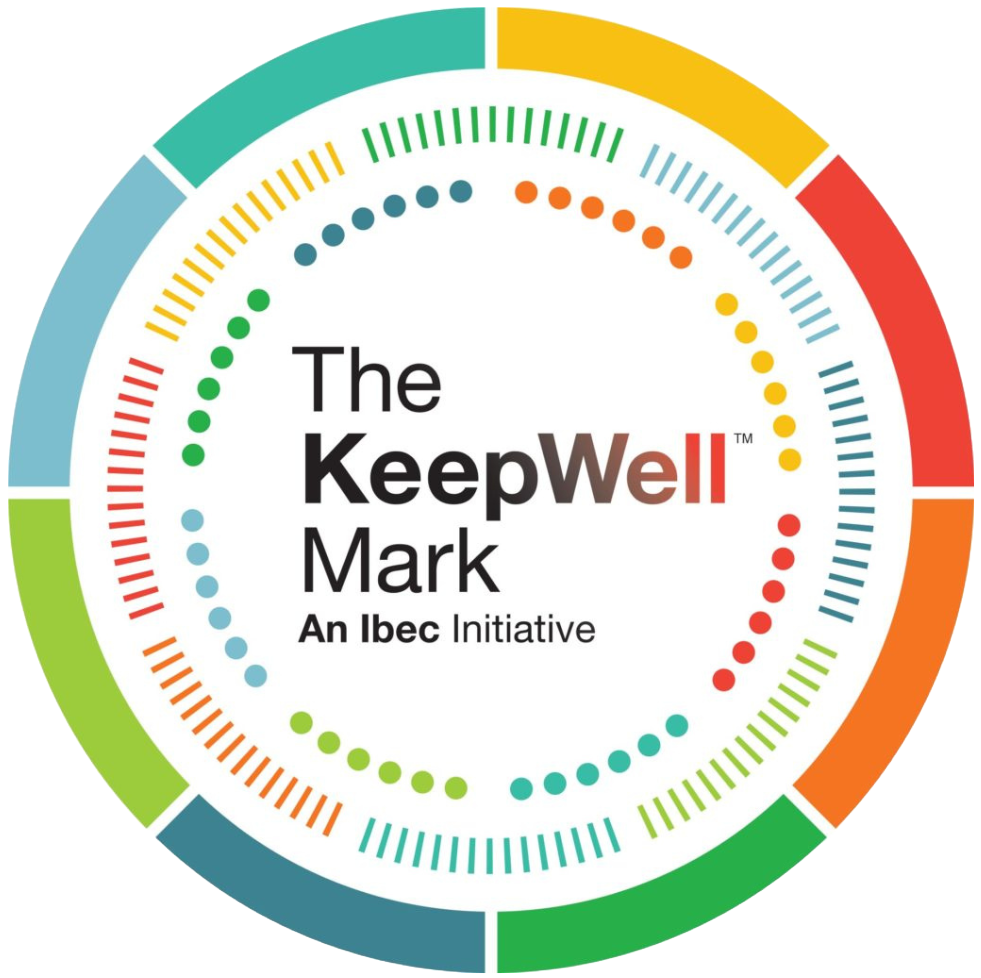A Critical Element: Cyclical Review in Irish HE
As part of its statutory remit, QQI reviews providers of education and training on a seven-year cycle. The current cycle of reviews for publicly regulated higher education institutions (HEIs) is the ‘CINNTE’ cycle. An independent analysis of the first seven CINNTE review reports was published on 29 January 2021 and launched at a webinar on the same day. Professor Irene Sheridan, Chair of QQI’s Approvals and Reviews Committee, and member of QQI’s board, chaired the webinar and opened the event with her own reflections on the CINNTE process and its purposes. The below is a summary of Professor Sheridan’s reflections.
Cyclical higher education reviews form a critical element in the relationship between QQI and providers, and provide a kind of overview function for that relationship.
The recently published Mid-Cycle Analysis of CINNTE Reviews offers us an important contemporary account of quality assurance within a number of higher education institutions in Ireland. It also presents us with the opportunity to reflect a little on what we have learned – not just about the quality assurance review process, but also about the QA processes within institutions in Ireland.
The context for this particular review cycle has been dynamic, to say the least: there have been funding constraints in higher education; institutional mergers; technological, economic and societal changes, not to mention the pandemic. Perhaps in higher education it was ever thus – but it does seem that the backdrop against which our organizations have had to work to assure and enhance quality has been especially challenging.
When looking at this mid-cycle analysis, it is also worth reminding ourselves of the four purposes of the CINNTE review cycle.
- First, it is to encourage a culture of quality assurance and to enhance students’ learning environment and experience across and within an institution. That focus on culture, motivation, and on the ways that we behave, is very important.
- The second purpose is to provide feedback to institutions about institution-wide quality. Feedback about the impact that mission, strategy, and governance are having on quality, and the relationship between governance and quality assurance, is very important because quality cannot be a separate thing that we add on. It must be threaded through what we do, why we do it, and how we do it.
- The third purpose of a review cycle is to contribute to public confidence in the quality of the institutions, promoting transparency and public awareness. In the current climate of news, fake news and all kinds of different news cycles, public confidence in what we do and how we do it is crucial.
- And finally, the fourth purpose is to encourage quality by using evidence-based objective methods. I have seen those reports submitted by the institutions and have been really impressed at both the data that have been collected, and the way that they have been used. That kind of evidence-base gives a real, positive impetus to the work of quality assurance.
Another aspect deserving of attention is the nature of the review cycle process itself. It is quite a lengthy process: the engagement, the terms of reference, the institution’s self-evaluation report and the desk review. The various meetings and visits that happen, followed by report outcomes and more. This kind of sustained engagement would not be possible without the strong relationship of trust and confidence that exists between the providers and QQI.
In the course of working with the Approvals and Review Committee my colleagues and I have also noted the profile and expertise of those participating in the review panels. The calibre of expert that QQI has been able to call on, and who have been willing to come and be part of those reviews, speaks to the respect in which QQI is held internationally, both in Europe and beyond.
These are the significant features of the process that the Mid-Cycle Report was invited to look at. We have been eagerly awaiting its publication to better understand what has been happening in the area of quality assurance, and how it might contribute to the thinking of those institutions moving forward in this process, and to the thinking of QQI as it looks ahead to the next cycle.
We are conscious that this is very much at an early stage. To some extent, it is simply looking at the first seven institutions, and it is not by any means the full picture. We have always been aware of the variation and diversity of Irish institutions in terms of size, geography, history, as well as the differences that exist in terms of scale and ambition.
This review, and the reports it drew on, were designed to respect and reflect that diversity. In doing so, we trust it will offer the right kinds of insights, not least for those institutions that are preparing to undertake the QA review process themselves.
Watch the full recording of this webinar here
